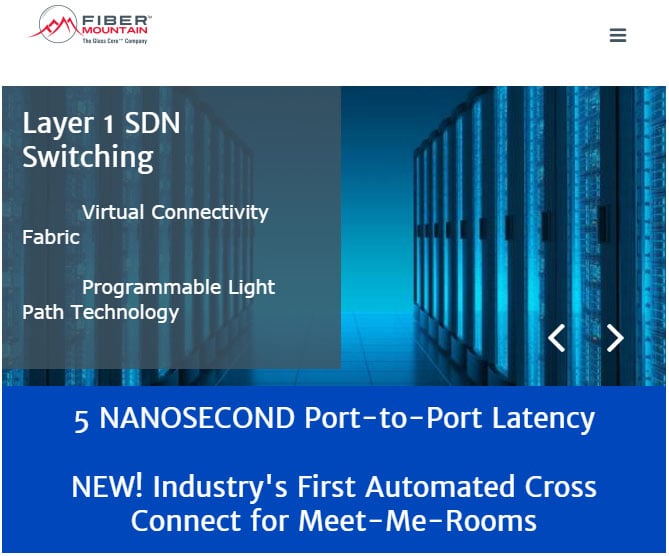Arista's New CloudVision Automates Labor-Intensive Network Configuration Practices of Previous Generation
Arista Networks’ recent announcement of CloudVision is one that many IT departments will welcome with open arms. The automation that it provides will allow IT support to handle a bigger workload in less time when it comes to installations and configurations across large networks.
In a company video, Anshul Sadana, Arista’s SVP of customer engineering, summarizes the features of CloudVision. One of the problems with legacy networks is that an engineer can only manage about 100 network elements. A company with a relatively advanced environment would be able to manage 1,000 network elements per engineer. The most advanced companies with cloud technology have advanced to the level where a network engineer can manage on the order of 10,000 network elements.
There may be no bolder statement about the inefficiency of a legacy network than to say that its management is one percent as efficient as one that’s state-of-the-art, but this is a major problem that many IT departments face.

Companies often go through a time-consuming process when it comes to change management of any kind with configurations. It can take a long time to install software updates and test them in an environment of thousands of users. If it is determined that the new changes cause too many problems, rolling back to the previous stable configuration can be equally time-consuming.
In any environment that lacks scalability; more workstations mean more techs, and more labor costs, to apply changes. CloudVision eliminates many of these hassles. Changes can be applied rapidly and rolled back equally fast if needed. Since all workstations can be setup to get the same configuration, uniformity is also ensured.
The arrival of the cloud has brought with it scalability that makes adding or subtracting users easier, whether done individually or in bulk. Thanks to Arista, applying changes can also be done in a similar manner. For large enterprise environments to continue to use legacy networks that cost a lot in labor to manage and are highly error prone when changes are made makes no sense when better alternatives are available.
Edited by Maurice Nagle


